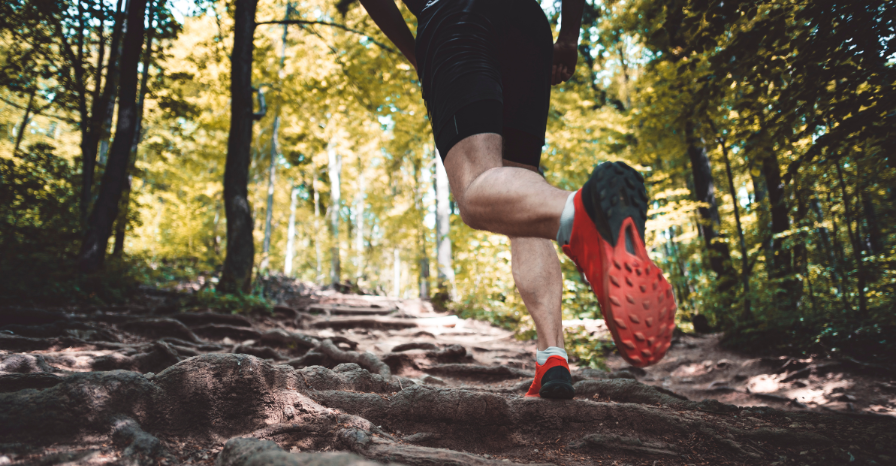
Trail running for beginners
TRAINING |The world of trail running is very different to road running. Trail running puts right into nature, which is why you need to be well prepared. Your time on the trails should be comfortable for you to enjoy the trail running experience. Here are a few pointers to help plan your first trail run:
Step 1: Take it easy - choose a suitable trail:
When planning your first trail run, it’s important to remember that trail running typically takes longer than road running does for a similar distance. The rougher terrain and undulating trails will slow your pace and engage muscles that you may not be used to using. So, start slow and don’t commit to a distance that you’re not prepared for. Second, finding a trail in India isn’t too difficult. One can pick from the many trekking/hiking locations, as they are usually pre-marked and will help you not get lost. Just remember, be prepared to climb!
Step 2: Support your feet – find the right shoes:
Shoes are the main gear consideration for trail runners. A good pair of trail running shoes is the most important piece of kit you can invest in. These shoes look like road running shoes but have much deeper lugs on the soles giving you the essential you will need. On the hills and mountains you need the right amount of grip so your foot doesn't slide on uphills and downhills – and if it’s raining, you need that grip even more. Having proper shoes will help decrease the chances of you falling on the trail.
Step 3: Run freely – wear the right apparel:
Once you have your shoes picked out, look for some basic running apparel, but keep in mind the following. When you run uphill, you swing your arms more to power yourself forward. This means that your top needs to give you real freedom of movement. You can go for a dry-fit t-shirt or a long-sleeve top which will protect your arms if you’re running through a thorny trail. Wear running shorts, pants, skorts or tights to protect your legs depending on the terrain and weather conditions. Also consider the breathability of the clothing you're wearing. Trail running generates lots of heat and perspiration. So avoid clothing that creates an impenetrable barrier which means avoid cotton based clothing. For women, it is recommended to wear a sports bra with enough support.
Step 4: Stay hydrated – with water and electrolytes:
It's just about the oldest advice in running, but when it comes to running trails, the stakes are raised. Your trail route might not pass by any fresh water source. A minimum of 1 litre of water is recommended to be carried for a short run. In hot or humid weather or for runs over 90 minutes, you should carry a sports drink to replace electrolytes lost through sweat and more water. You can check out our RRUNN During Electrolyte Mix for an electrolyte replacement option. For beginners, it is preferable to carry a handheld water bottle which generally comes in sizes of 500ml. You can check out our RRUNN Handheld Bottle for athletes.
Step 5: Be prepared – for other factors:
Depending on the distance between your home and your trail, choose to pack an extra set of clothes or a towel, in case your clothes absorb too much sweat. Carry a light weight packable jacket for changeable weather conditions. For extra protection from the sun, a running cap keeps your eyes and face protected helping you can stay focused on the terrain. You might feel hungry during the run, for which you can carry some snacks like fruits, dry fruits, energy or protein bars, chikki or our RRUNN Ultra Butter.
Most importantly, have fun on the trails, but be careful! You know what they say about trail running; once you go in between nature, you never want to go back to the roads.

